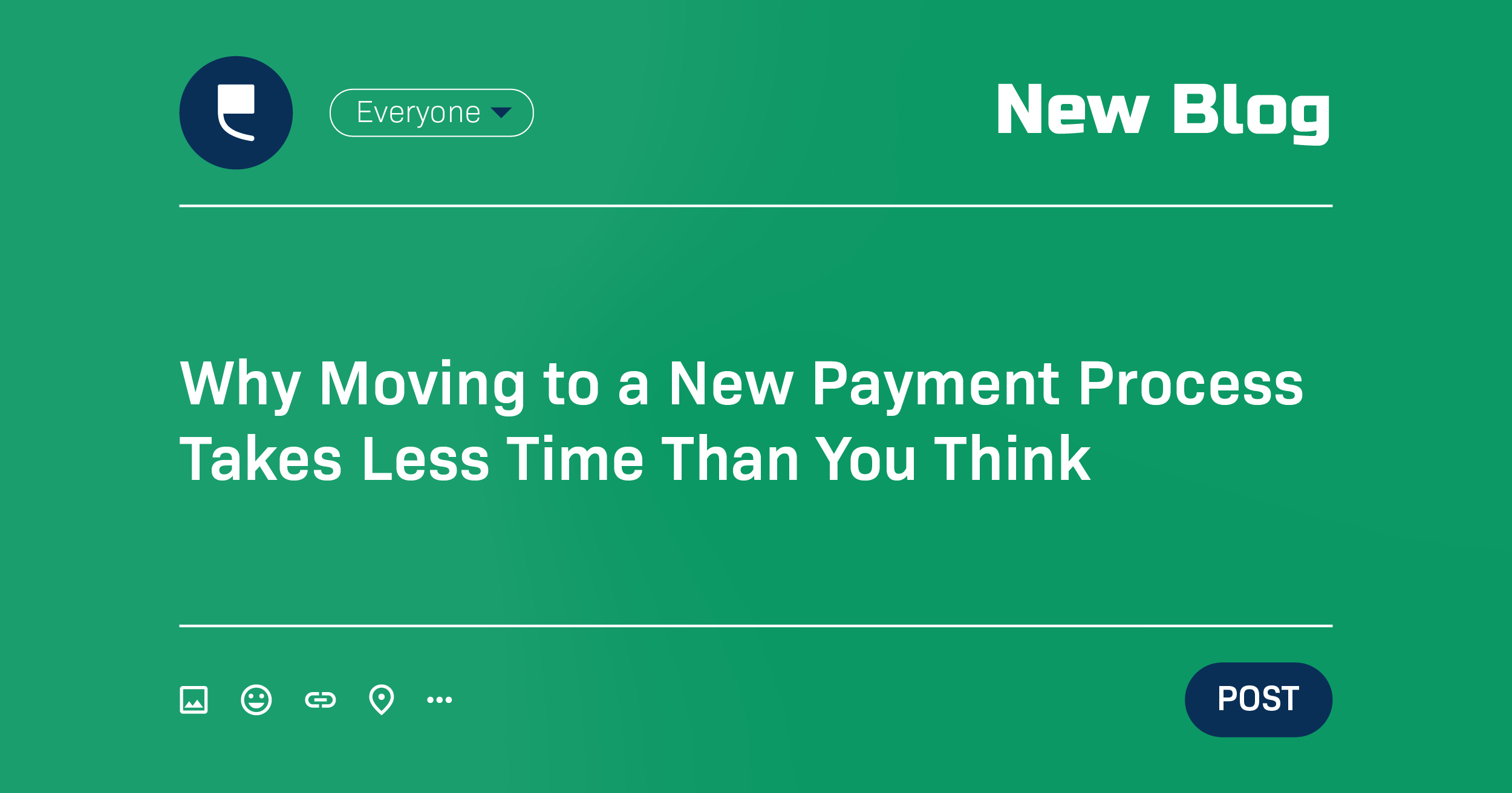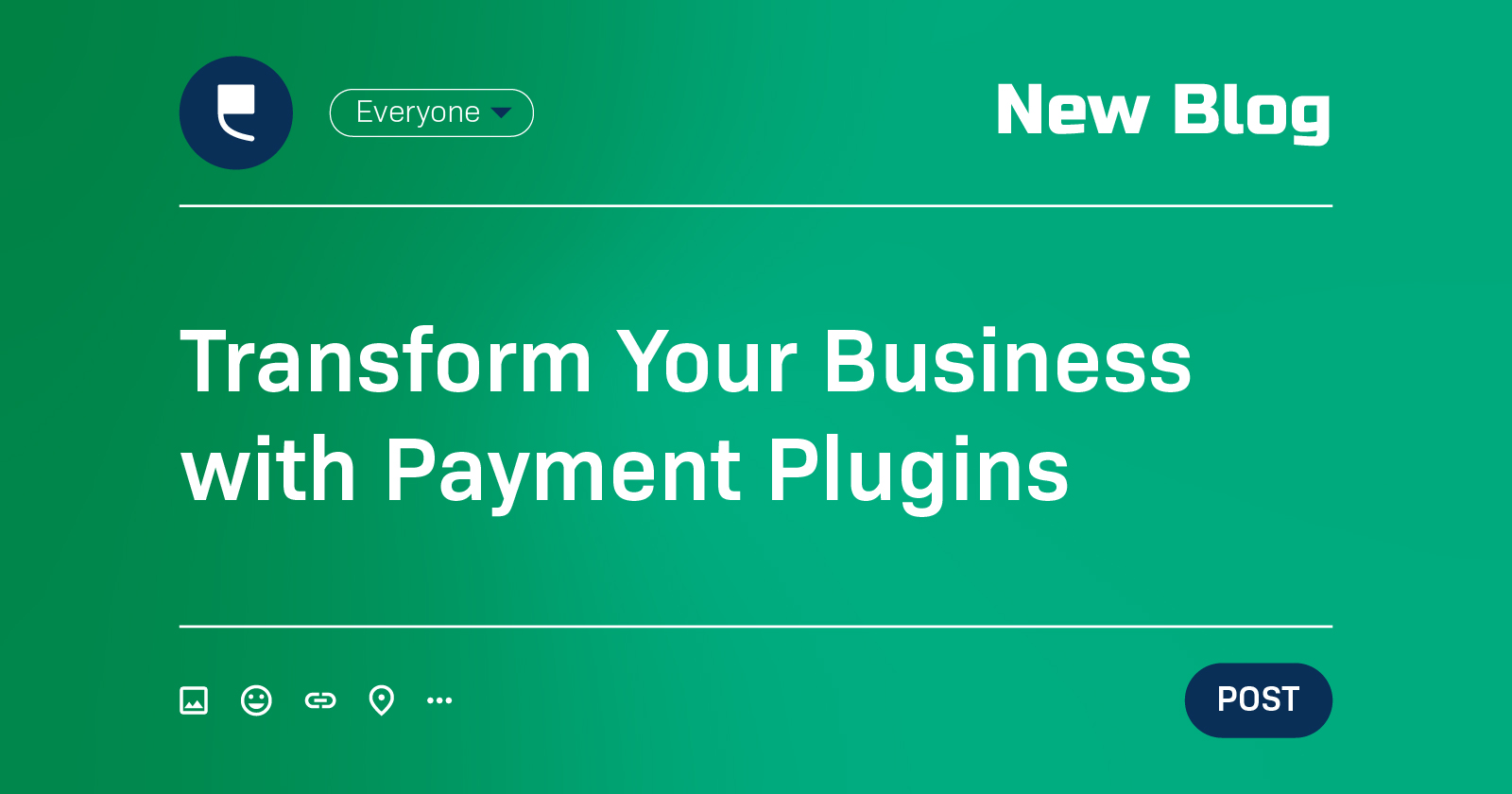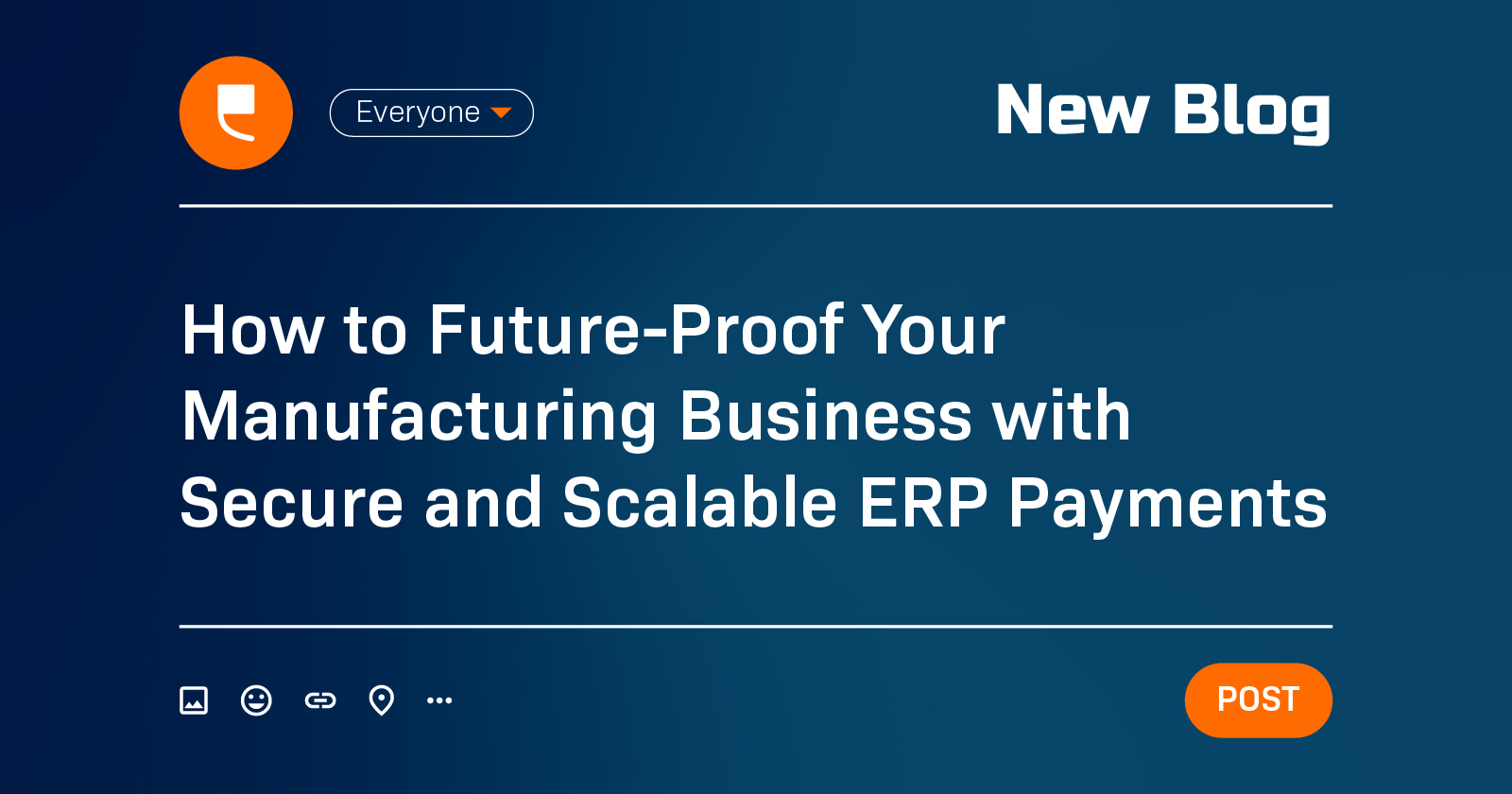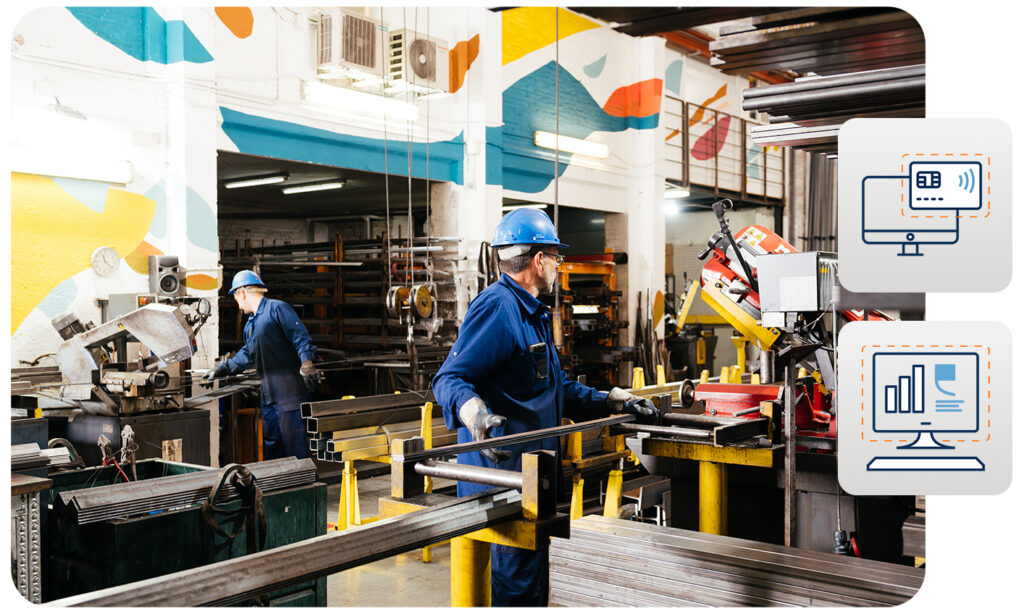Your construction payment software is great…until it isn’t. Lack of innovation, expensive transaction fees, and poor integration can cause chaos in a tech stack—especially for construction companies, which often require flexible and nuanced accounting solutions.
For many CFOs, putting off payment process reform and migrating to a new solution can seem like the best choice. It takes valuable time to set up new payment software. But not as much time as you think.
A prepared and thorough approach to payment solution migration can help you set up new systems in days, not weeks or months. Before diving into how you can accelerate moving to a new construction payment system, let’s take a look at what factors influence the speed of software migration.
What Determines the Pace of Payment Software Migration?
If you have evaluated a payment solution for your construction company, it’s likely you already have the basic information for the big switch. You have assessed your new software’s features. Mobile and offline access, flexibility, compliance, security, and ease of use are all must-have capabilities for construction. The solution’s integration selection—whether it will fit into your current workflow—is another critical factor.
However, there is more to mapping out the basic solution when it comes to successful and swift adoption. A faster migration to a new payment system relies on additional factors, such as:
- Expert involvement during implementation, onboarding and beyond
- Detailed process needs and expectations for the new system
- Demos of the product in-action
- A process for guidance and user feedback
- An extensive integration library so the system can scale with you
3 Tips to Accelerate Switching Payment Systems
Depending on your construction company’s requirements, there are specific actions that might further speed up the migration process. However, the following three tips will enable you to kickstart your efforts, no matter your configuration.
1. Collaborate with Experts
Much like every special project, relying on experts is the key to a seamless transition and execution–full stop. Having a guide through the process that can help you turn your aspirational process map into a functioning, frictionless machine can make all the difference.

Expert guidance can help you quickly leverage fast onboarding and approvals, cloud-based platforms for instant access, and pre-built integrations with existing software. The right expertise can eliminate tedious setup common with legacy or manual solutions. Furthermore, system experts can optimize your solutions to reduce the need for extensive IT involvement in long-term maintenance.
Check out Fortis’ free eBook on Cash Flow for Construction Companies.
2. Take Advantage of Integrations
Another key factor for success is ensuring your new payment processor can seamlessly fit into your current workflow. Embedded payment solutions are particularly well suited to working with various other platforms, from ERPs to ecommerce applications. Many platforms connect with construction management software as well, which can make adoption smoother.
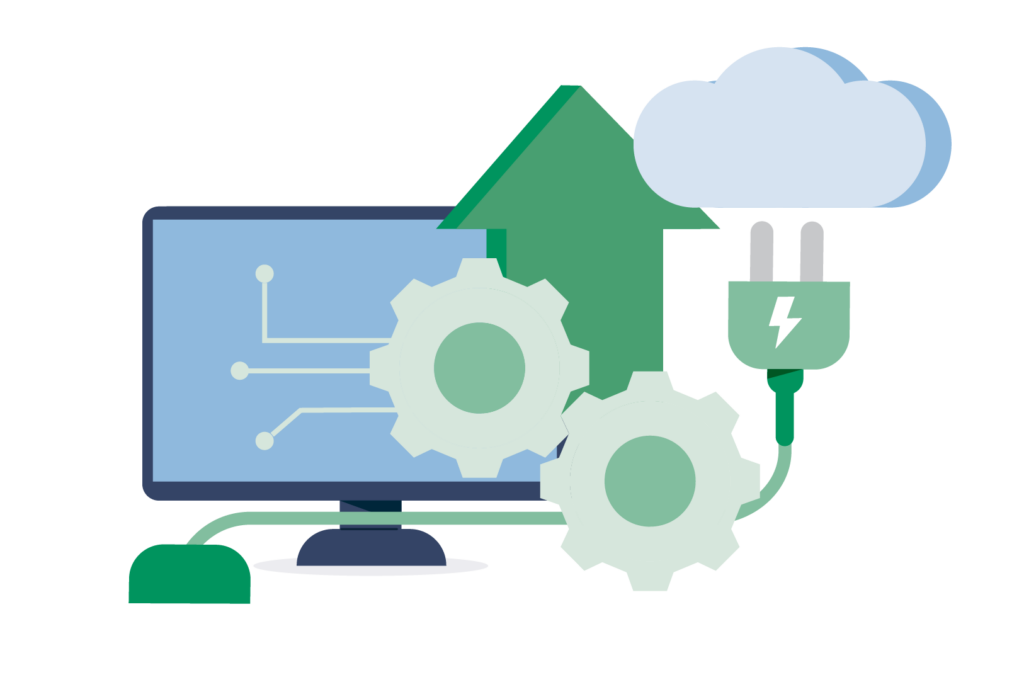
Integration infrastructure is so important because of its ability to transfer data quickly. The last thing you want is to waste hours transferring information from one platform to another. Ideally, your payment solution’s integration setup should nix the manual data transfers and replace it with automated, real-time syncing.
3. Choose User-Friendly Software to Speed Up Time to Launch
Finally, it’s important to have a modern interface that prioritizes user-friendly designs. Every new software solution, from payments to marketing, requires some level of training. Employees already familiar with digital tools tend to adapt quickly to intuitive payment platforms. However, through employing a well-designed, human-centric software, you can minimize training time.
Top-tier providers will also offer guided onboarding, video tutorials and dedicated support. Ensuring your solution provides this additional assistance can help you scale training with very little effort—and speed up adoption.
Upgrade Your Process
Switching providers takes time—but selecting the right payment software can make all the difference. Not only should you be able to rapidly implement your new solution, but an automated platform can reduce payment collection times from weeks to days. Streamlined automated invoicing and reminders improve cash flow without adding extra work for your staff, and you can nearly eliminate manual processing. All of which enables your team to focus on higher-level tasks.
Of course, how you implement your construction payment software matters. Collaborating with experts, leveraging integrations, and prioritizing usability can all speed up adoption and ensure your tech stack’s longevity.
Want more expert tips on streamlining cash flow for your construction business? Reach out to a Fortis Guide or a Strategies Group consultant to get a demo today.

